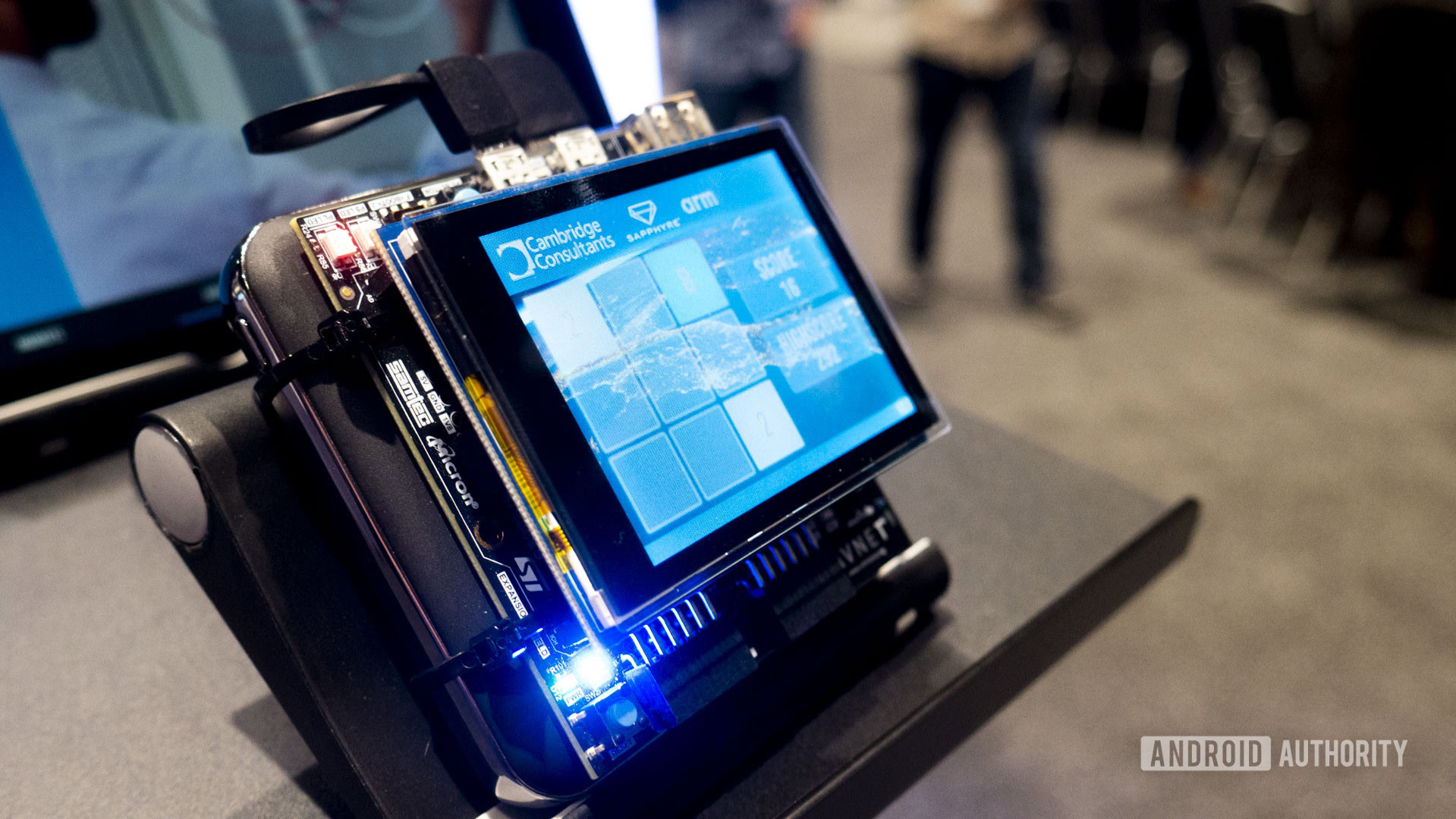Affiliate links on Android Authority may earn us a commission. Learn more.
What is Google Pigweed? Google's unveils new toys for IoT developers
Published onApril 2, 2020

One might be forgiven for thinking that Google had enough operating systems. Other than Android, Google also owns Chrome OS and Google Fuchsia – the latter of which isn’t even finished yet!
But then came murmurs of a project called Pigweed, following a Google trademark that surfaced in February this year. At first, speculation was rife that this was yet another operating system, due to wording that described it as “computer operating software.” Now we know that is not the case. So what is Google Pigweed?
In a recent blog post, Google officially threw back the curtain. Google Pigweed, it turns out, is a collection of embedded platform developer tools for development on 32-bit microcontrollers. Effectively, these are libraries targeted at Internet of Things (IoT) applications.

Although the source for Pigweed is available for download right now (pigweed.googlesource.com) under an Apache 2.0 License, the project is considered in early development and not ready for production.
So, what does all this mean, and what can we speculate that Google Pigweed might be used for in future? Read on and we’ll answer the question “what is Google Pigweed” in more depth.
Because very often it turns out that whatever Google is working has massive implications for the tech industry as a whole!
What is Google Pigweed?
So, Google Pigweed is a collection of open-source libraries, that Google is calling modules. The hope is that these modules will make it easier for developers to create embedded applications.
Effectively, these are libraries targeted at Internet of Things (IoT) applications.
For the uninitiated, an embedded application is a program that is permanently placed (or embedded…) inside a device. Embedded applications often do not require an operating system and will usually be tied to the specific hardware of the machine.
For example, a microwave uses an embedded program to set timers. And of course, countless IoT devices will use embedded applications to collect data, adjust settings, and generally make our lives easier. Often, that kind of application relies on a 32-bit microcontrollers. This is a tiny computer stored on a single integrated circuit. This is what Google Pigweed will be targeting.
How Pigweed will work
The goal of Pigweed is to provide modules that make this kind of programming easier for developers. Each “module” is designed to make a specific task easier, or to solve an issue that a developer might run into.
Also read: Why Arm thinks the future of mobile is “digital immersion”
For example, the package includes one module–pw_env_setup–that helps to quickly set the computer up for development: downloading all of the most common tools used in this kind of programming. This includes such things as python3.8, an ARM compiler, etc.

Another, called pw_watch, will automatically build and test code each time you save, and look out for potential errors. Pw_target_runner lets you run your code in parallel across multiple devices. Pw_string offers the safety and ease of C++ style string manipulation, without dynamic memory allocation.
Read more on the official blog.
These tools should prove very useful for developers, and while they’re currently fairly limited in scope, Google and the community will add to them over time. And they’re free and open-source, so you can’t say much fairer than that!
Most importantly, Pigweed is yet another tool to make IoT development easier. That means more innovation, and more rapid growth, in this extremely promising industry.
Also read: 1 trillion connected devices by 2035: The future of IoT at Arm TechCon 2019
What is actual pigweed?
So, that’s Google Pigweed, but just what is a pigweed to begin with?
The name Pigweed comes from a type of plant that can survive in disturbed soil. Pigweed is edible, fast-growing, and nutritious.
Google hopes that this new project will grow rapidly, just like its namesake. They want developers to start with a module that takes their fancy and end up incorporating more and more. Apparently the name is also “fun” and “playful.” I wouldn’t know about such things.
So, I hope that answers the question “what is Google Pigweed.” Let us know what you think in the comments down below.